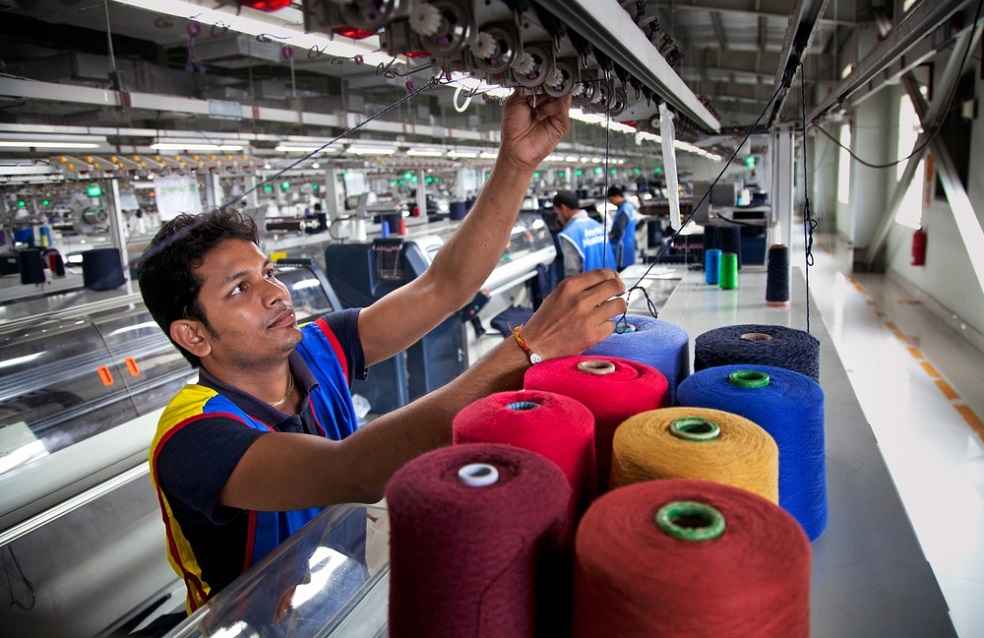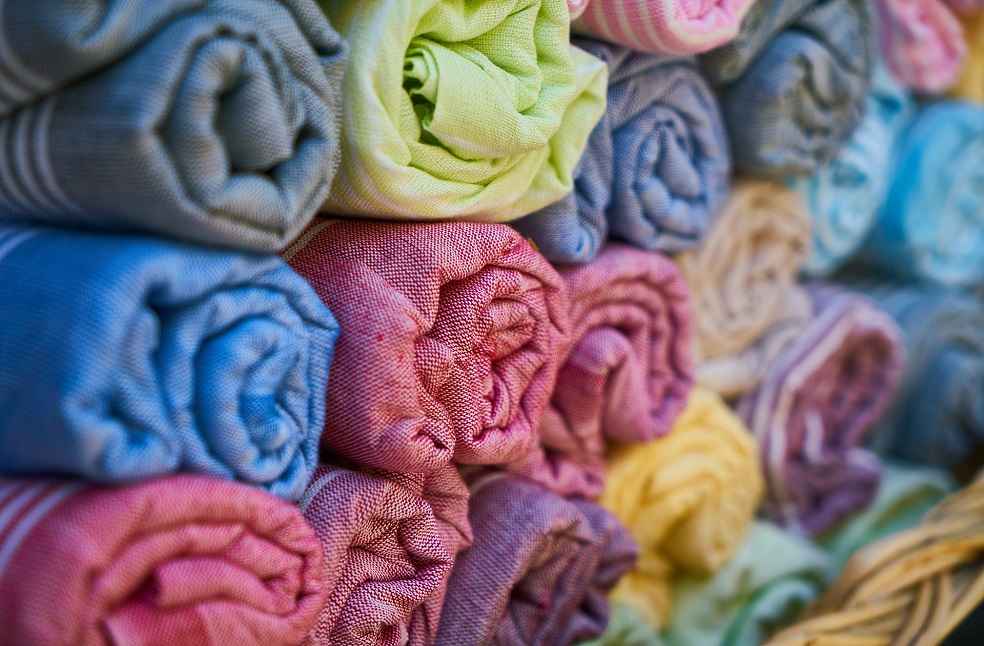India has emerged as the sixth-largest apparel and textile exporter globally, accounting for 3.9 per cent of global trade in the sector. With textiles and apparel comprising 8.21 per cent of the country’s total exports, the industry plays a pivotal role in the global supply chain.
In the first half of FY 2024-25, India’s textile and apparel exports reached $21,358 million, reflecting a 7 per cent year-on-year increase. According to the Ministry of Textiles, Ready Made Garments (RMG) spearheaded this growth, contributing 41 per cent of total textile exports with an export value of $8,733 million. Cotton textiles followed with 33 per cent ($7,082 million), while man-made textiles accounted for 15 per cent ($3,105 million).

The United States and the European Union remain the primary destinations for Indian textile exports, collectively accounting for approximately 47 per cent of the total.
Despite global geopolitical tensions such as the Red Sea crisis and the Bangladesh crisis, which temporarily disrupted exports in early 2024, demand for Indian textiles rebounded later in the year. Export data from April to October 2024 highlighted broad growth across key categories. RMG exports rose by 12 per cent, cotton textiles increased by 1 per cent, and man-made textiles recorded a 5 per cent growth.
However, not all categories experienced growth. Wool and woollen textiles saw a 19 per cent decline, and handloom products experienced a 6 per cent drop. On the other hand, silk exports surged by 40 per cent, and carpets achieved a 12 per cent increase.

India’s imports of textiles and apparel products fell by 15 per cent in FY 2023-24, dropping from $10,481 million in the previous year to $8,946 million. This trend reflects India’s growing self-reliance in raw material production, which supports domestic consumption and re-exports.
In the first half of FY 2024-25, imports stood at $5,425 million, a marginal 1 per cent decrease compared to the same period in FY 2023-24. Man-made textiles dominated the import share with a value of $1,859 million (34 per cent), addressing domestic demand-supply gaps. Meanwhile, cotton textile imports increased by 13 per cent, driven by the rising need for long-staple cotton fibres, indicating expanding production capacities and higher domestic consumption.
ENERGY INDUSTRY | India’s Fuel Demand Surges on Holiday Travel, Agriculture Boost



